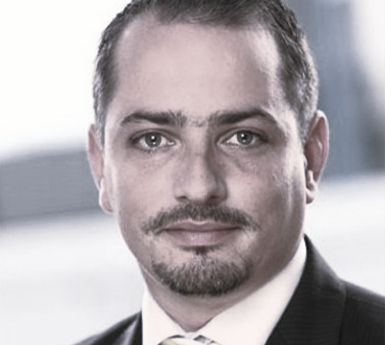Distribution monitoring in cross-border fund distribution
27th September 2019
The importance of the KYD (Know your distributor) principle has increased more and more in recent years.
As with the KYC (Know your customer) principle, which has been known for a long time, the importance of the KYD (Know your distributor) principle has increased more and more in recent years. It is the aim to ensure that products are only distributed where they are allowed for distribution, using suitable distribution channels for the product and addressing the right investors. In particular, reputation and legal risks have to be avoided. Where the main task of an asset manager is to manage his portfolios, he is interested in marketing his funds internationally and gaining access to new markets. At the same time he has to deal with issues such as initial registration or notification of products and ongoing maintenance for cross-border distribution or sufficient licensing of his distribution partners.
What are the challenges for asset managers in distribution monitoring for cross-border EU fund distribution?
The challenges for asset managers in monitoring cross-border distribution are primarily with respect to a regulatory point of view. For instance, in its Circular 18/698 of 23.08.2018, the Luxembourg CSSF set out detailed requirements for the Luxembourg financial market and the funds set up there for cross-border EU distribution as to how the monitoring of distributors must be structured. It is expected that other supervisors will also increase their requirements, which boosts the complexity of compliance. For an asset manager, this means that he must initially develop the appropriate know-how and become familiar with the legal situation in the various distribution countries. Even if MiFID II forms a common framework for distribution inside the EU, it cannot be ruled out beforehand that individual EU countries will impose additional requirements, not to mention the legal situation in third countries. As the monitoring of distributors is not only initial, but ongoing, there is a multitude of continuous activities that distract asset managers from their main tasks and cost them valuable resources. Consequently, the question arises for the asset manager as to whether he delegates these tasks, which are not part of his core business, to a specialized service provider that performs these tasks in a qualified manner and provides the asset manager with a report that satisfies auditors and supervisory authorities, just as he has outsourced distribution.
What does the CSSF request in its circular 18/698?
The CSSF Circular describes the conditions for obtaining and maintaining authorization for the management of investment funds. This includes, among others, requirements for owners, managers, equity capital and the organization or substance of the company. This also covers regulations to combat money laundering and terrorist financing. The CSSF dedicates an own capital to the delegated functions, describing in general terms the conditions for delegation with regard to the selection and supervision of outsourcing companies.
In essence, the CSSF demands that asset managers develop a continuous risk-based approach to monitoring their distribution networks. The asset manager must include the following points in his risk analysis and assessment:
- Types of distributors, countries of origin, prevailing money laundering and distribution regulations and applicable supervisory regime information on the business model and reputation of the distribution partner
- Fulfilment of all obligations under money laundering law that exist when entering into a business relationship, e.g. the receipt of all necessary information about PEPs or beneficial owners
- Country risk or risks arising from the distribution channels
- The risk analysis and assessment must be established in a defined process and documented in a verifiable manner.
Which aspects should be taken into consideration for cross-border EU distribution?
Additional requirements are imposed by the CSSF on the basis of MiFID II for cross-border EU distribution. For example, it is necessary that the monitoring of distribution also covers target market definitions and reporting, as well as the remuneration and inducements permitted under MiFID II; furthermore, topics such as the monitoring of distribution approvals and notifications in the distribution countries, market timing activities or the handling of complaints must also be covered.
How can ACOLIN assist asset managers in distribution monitoring?
ACOLIN works with more than 550 asset managers and is representing over 1800 funds. Our international distribution network includes over 360 regulated distributors, 28 platforms and 110 placement agents from various jurisdictions, which we continuously monitor. With our established and documented initial and ongoing due diligence process, we ensure that our distribution partners meet the regulatory requirements. We document the results of our audit in a self-developed Due Diligence Checklist (DDC), which contains a summary of the most important information as well as a risk calculation. On a quarterly basis, we provide our clients with a comprehensive Quarterly Compliance Oversight Report, which contains all the information the asset manager needs for distribution monitoring. Discussions on processes, legal requirements and results with asset managers on a regular basis within conferences on the phone or on-site visits complement the reporting. Additionally, an annual reporting may be provided on request.

